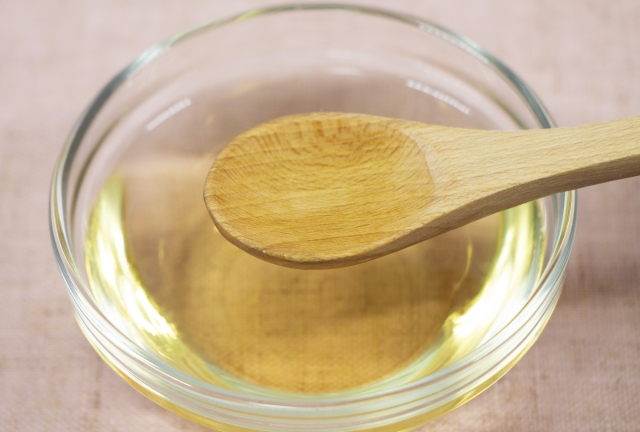
Welcome to a deep dive into the realms of Japanese culinary staples: sake and rice vinegar. This exploration aims to demystify these essential components, revealing not just their unique characteristics and uses but also their cultural significance within Japan. Whether you're a culinary enthusiast eager to broaden your cooking horizons or simply curious about Japanese culture, understanding the distinctions between sake and rice vinegar enriches your appreciation of their roles in both cuisine and tradition.
What is Sake?
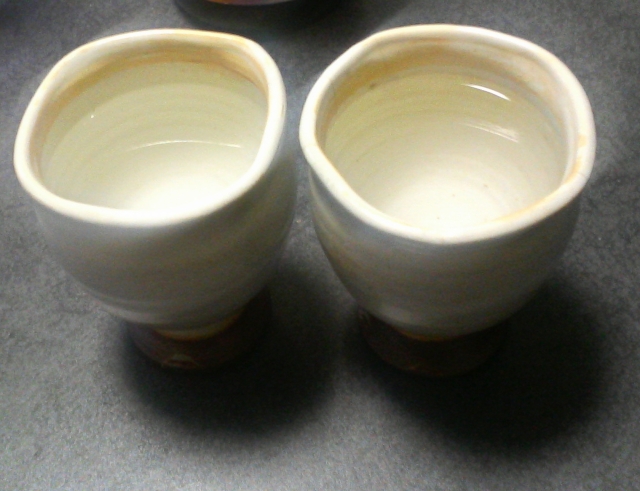
The Basics of Sake
Sake, often referred to as nihonshu in Japan, is a fermented alcoholic beverage made from rice. Unlike wine, where alcohol is produced by fermenting sugars that are naturally present in fruit, sake is produced through a brewing process similar to beer, where starch is converted into sugars before being fermented into alcohol. The key ingredient, koji mold (Aspergillus oryzae), plays a crucial role in converting rice starch into fermentable sugars.
Types of Sake and Their Characteristics
Sake varies widely in flavor, aroma, and clarity, influenced by factors like rice polishing ratio, yeast strains, and brewing techniques. Here are a few notable types:
- Junmai: Made purely from rice, water, koji, and yeast, without added alcohol, highlighting the rice's natural flavors.
- Ginjo: A premium category where the rice is highly polished, leading to lighter, more fragrant sake.
- Daiginjo: An even more refined version of Ginjo, with a higher degree of rice polishing, offering the pinnacle of sake craftsmanship with delicate flavors and aromas.
Sake Production: A Craft of Precision
The production of sake is a meticulous process involving multiple parallel fermentations within the same vessel, a method unique to sake brewing. This complexity allows for a wide range of flavor profiles, from sweet to dry, and textures, from silky to robust.
What is Rice Vinegar?

Understanding Rice Vinegar
Rice vinegar is made by fermenting rice wine until it becomes acidic, producing a mild and slightly sweet vinegar. It's an essential ingredient in many Asian cuisines, especially Japanese, where it's valued for its subtle flavor that complements rather than overwhelms dishes.
Production and Varieties
The process begins with making rice wine, which is then exposed to acetic acid bacteria to convert the alcohol into vinegar. This transformation results in a product that's less acidic than most Western vinegars and carries a hint of sweetness. There are several types of rice vinegar, including white, black, and red, each offering a different flavor profile suitable for various dishes.
Culinary Uses of Rice Vinegar
Rice vinegar is versatile, used in dressings, marinades, pickles, and as a seasoning. It's a key ingredient in sushi rice, where its mild acidity balances the sweetness of the rice, enhancing the overall flavor of sushi.
The Key Differences Between Sake and Rice Vinegar

Base Ingredients and Fermentation Process
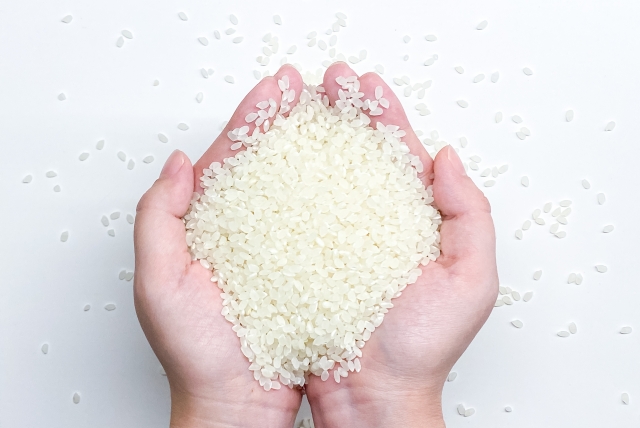
While both sake and rice vinegar start with rice, their production processes diverge significantly. Sake is an alcoholic beverage produced through fermenting rice, while rice vinegar is made by fermenting sake or rice wine further into an acidic vinegar.
Alcohol Content and Flavor Profile
Sake, with an alcohol content akin to wine, offers a wide range of flavors from sweet to dry, influenced by the rice type, brewing process, and additional ingredients. Rice vinegar, however, contains little to no alcohol and features a mild acidity with a subtle sweetness, making it ideal for culinary uses where enhancing flavor without adding alcohol is desired.
Culinary Roles
Sake can be enjoyed as a beverage or used as a cooking ingredient to add depth and eliminate unwanted smells from fish and meats. Rice vinegar, with its mild acidity, is primarily used in cooking, adding flavor to sushi rice, dressings, and marinades.
Let's pause here and continue with the cultural significance, health benefits, and culinary tips for sake and rice vinegar in the next section.
Comparison Table between Sake and Rice Vinegar
| Aspect | Sake | Rice Vinegar |
| Definition | A traditional Japanese alcoholic beverage made from fermented rice. | A mild, sweet vinegar made from fermented rice, used as a culinary condiment. |
| Base Ingredient | Polished rice, water, koji mold, and sometimes added yeast. | Fermented rice wine or sake. |
| Fermentation Process | Fermented through a brewing process similar to beer, converting rice starch into sugar, then into alcohol. | Produced by fermenting rice alcohol into acetic acid. |
| Alcohol Content | Typically around 15% ABV, similar to wine. | Negligible alcohol content after the vinegar-making process. |
| Taste Profile | Ranges from sweet to dry, with a variety of flavors based on type and brewing method. | Mildly acidic with a hint of sweetness, less acidic than most Western vinegars. |
| Culinary Uses | Enjoyed as a beverage, used in cooking to add depth and remove odors. | Used in dressings, marinades, and as seasoning, particularly in sushi rice. |
| Cultural Significance | Plays a central role in ceremonies, festivals, and religious rites; symbolizes purity and unity. | Essential in everyday Japanese cuisine, contributing to the balance of flavors. |
The Cultural Significance of Sake and Rice Vinegar in Japan
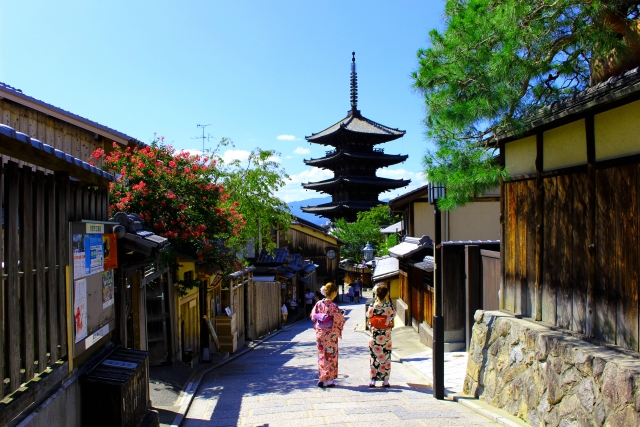
Sake: Japan's National Beverage
Sake holds a profound place in Japanese culture, symbolizing purity and the connection between humans and the divine. It's not only enjoyed in daily life but also plays a central role in various ceremonies, including weddings, festivals, and religious rites. Sake's cultural importance is underscored by its use in Shinto rituals, where it is offered to gods in prayer for good health, prosperity, and harmony.
Rice Vinegar's Culinary Essence
While sake connects the spiritual and social realms, rice vinegar is the essence of harmony in Japanese cuisine. Its mild acidity is crucial in balancing flavors, such as in sushi, where it complements the sweetness of the rice and the umami of the fish. Beyond sushi, rice vinegar enhances the taste of salads, pickles, and marinades, demonstrating the Japanese culinary principle of achieving a balance of flavors.
Health Benefits and Nutritional Aspects
Sake: Beyond Enjoyment
Moderate sake consumption is associated with various health benefits, attributed to its bioactive compounds. These include improving cardiovascular health, reducing the risk of diabetes, and potentially offering anti-aging benefits. The presence of amino acids and probiotics in sake also supports gut health, illustrating that sake can be more than just a pleasurable drink.
Rice Vinegar: A Healthful Condiment
Rice vinegar, with its acetic acid content, offers health benefits such as blood sugar regulation, improved digestion, and weight management. Its mild acidity can help enhance the body's absorption of minerals from foods, making it not only a flavorful addition to dishes but also a healthful one.
Tips for Enjoying Sake and Rice Vinegar
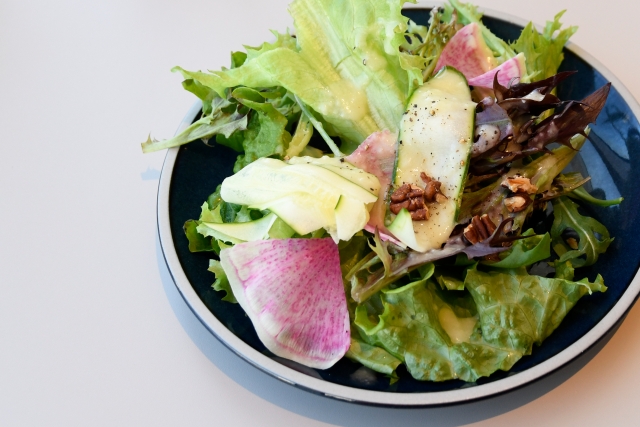
Selecting and Savoring Sake
When exploring sake, consider the temperature at which it is served, as this can significantly affect its flavor and aroma. Some sake is best enjoyed chilled, others at room temperature, or even warmed, depending on its type and quality. Storage is also crucial; keep sake in a cool, dark place to preserve its integrity.
Incorporating Rice Vinegar Into Your Cooking
For those new to rice vinegar, start by using it in small quantities to familiarize yourself with its flavor. It can be a game-changer in dressings, dipping sauces, and even in enhancing the flavor of vegetables and meats. Remember, the key is balance, allowing the vinegar to elevate the dish without dominating it.
Conclusion: Embracing the Diversity of Japanese Flavors
Sake and rice vinegar, though derived from the same humble grain, occupy distinct places in Japanese culture and cuisine. Their diversity in form and function exemplifies the richness of Japanese culinary traditions, offering a window into the values of balance, harmony, and respect for ingredients that define Japanese cuisine. By understanding and appreciating the differences and uses of sake and rice vinegar, we can not only expand our culinary repertoire but also deepen our appreciation for the culture that brings these flavors to life.
Summary: Understanding Sake and Rice Vinegar
This exploration into sake and rice vinegar has revealed the deep cultural roots and culinary importance of these two Japanese staples. From the spiritual and social significance of sake to the subtle yet essential role of rice vinegar in cuisine, these ingredients offer a glimpse into the artistry and philosophy of Japanese cooking. Whether sipping on sake or savoring a dish enhanced by rice vinegar, we're partaking in a tradition that spans centuries, inviting us to explore and enjoy the rich tapestry of Japanese culture and cuisine.
FAQ about Sake and Rice Vinegar
What is the main difference between sake and rice vinegar?
The primary difference lies in their end use and production process. Sake is an alcoholic beverage made by fermenting rice, intended for drinking, with an alcohol content similar to wine. Rice vinegar, however, is created by further fermenting rice wine until it becomes acidic, used mainly as a culinary condiment for its mild sweetness and acidity.
Can sake be used as a substitute for rice vinegar in recipes?
No, sake and rice vinegar serve different culinary purposes and are not interchangeable. Sake, with its alcohol content and varied flavor profile, is used to enhance or add depth to dishes, while rice vinegar is used for its acidity and mild sweetness, particularly in seasoning and dressings. However, in a pinch, you might use sake with a bit of added acid (like lemon juice or white vinegar) to mimic rice vinegar's effect, adjusting to taste.
How should I store sake and rice vinegar?
Sake should be stored in a cool, dark place to preserve its flavor. Once opened, it's best consumed within a few days to a couple of weeks, although this can vary by type. Keep it refrigerated once opened to slow down the degradation of flavors. Rice vinegar, on the other hand, has a much longer shelf life and can be stored at room temperature in a cupboard, tightly sealed. It does not require refrigeration and can last for several years.
Are there health benefits to consuming sake or rice vinegar?
Yes, both sake and rice vinegar offer health benefits when consumed in moderation. Sake contains amino acids and probiotics that may promote gut health and improve cardiovascular function. Rice vinegar contains acetic acid, which can help regulate blood sugar levels, improve digestion, and promote weight management. However, it's important to consume sake responsibly due to its alcohol content.
Can I make rice vinegar at home from sake?
While it is technically possible to make vinegar from sake by introducing acetic acid bacteria (the bacteria responsible for converting alcohol into vinegar), it requires specific conditions and patience. Homebrewing vinegar also requires careful attention to avoid contamination. If you're interested in vinegar-making, using a raw, unpasteurized sake as a starting point and ensuring a clean, controlled environment for fermentation would be essential steps.
Is rice vinegar always made from sake?
Rice vinegar is typically made from rice wine, which is similar to sake but can differ in alcohol content and production specifics. While sake can be a base for rice vinegar, not all rice vinegar is made from sake. The key process involves fermenting the alcohol present in rice wine into acetic acid, transforming it into vinegar.
How can I incorporate sake and rice vinegar into my cooking?
Sake can be used to marinate meats to tenderize and remove unwanted odors or added to soups and stews to deepen flavors. Rice vinegar can be used to season sushi rice, in salad dressings, or as a subtle acid in sauces and marinades. Experimenting with these ingredients can introduce new flavors and techniques into your cooking repertoire.
Related article: Sake vs. Mirin: Understanding the Differences
